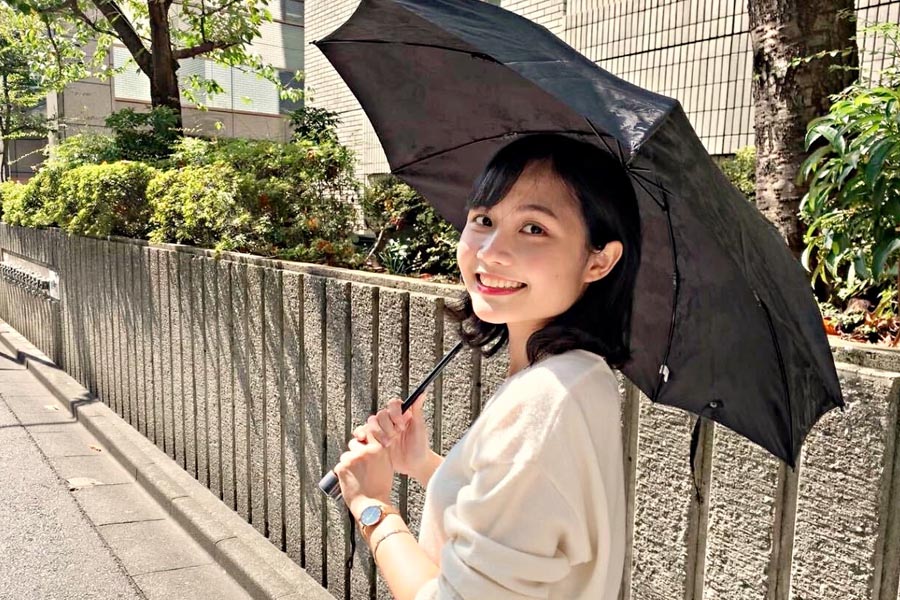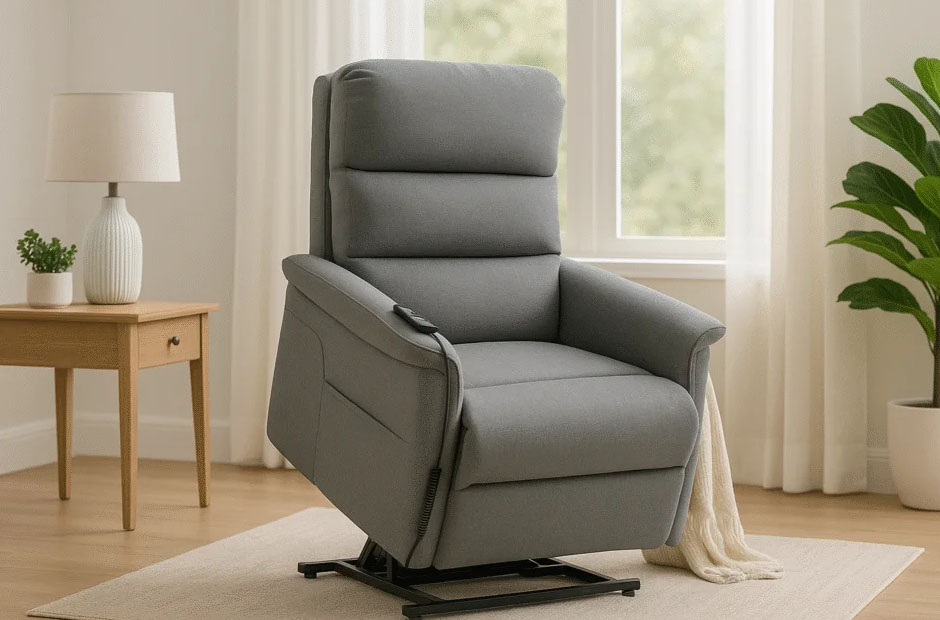Now Reading: Why Every Skincare Routine Needs a Stylish Parasol — Especially in Japan
-
01
Why Every Skincare Routine Needs a Stylish Parasol — Especially in Japan
Why Every Skincare Routine Needs a Stylish Parasol — Especially in Japan

A ritual that begins with light
Imagine a sunlit street in Tokyo: the air hums, crowds pass in a soft blur, and a single parasol opens like a small, private sky. In Japan, skincare begins before lotion touches skin — it begins with choices you make about light, shadow, and movement through the day. The parasol, or higasa (おしゃれな日傘), is part tool, part ornament, and wholly an invitation to treat sun protection as an act of style as much as care.
Sun protection as philosophy
Japanese skincare isn’t just a list of products; it’s a philosophy that prizes prevention over rescue. The cultural ideal favors even-toned, luminous skin — a complexion that looks as though it’s been gently preserved. That preference shaped an ecosystem of protective habits: long-sleeved linens, wide-brimmed hats, SPF-packed cosmetics, and yes, the parasol. Where other traditions sometimes celebrate a tan, here the narrative has long been about shielding the skin from the slow, cumulative work of UV rays. The parasol is a visible, elegant extension of that idea.
What a parasol does that sunscreen can’t
Sunscreen is indispensable, but it isn’t flawless. It rubs off, it runs with sweat, and it needs reapplying — small failings that add up. A parasol offers something different: a moving umbrella of shade that keeps direct rays from ever meeting your skin. In cinematic terms, sunscreen is armor; the parasol is a shield held aloft, redirecting heat and glare in real time. Together they form a layered defense, the kind of thoughtful redundancy that makes skincare quietly uncompromising.
The quiet science behind the accessory
UVA rays sneak deep into the skin and fray collagen; UVB rays scorch and injure the surface cells. Over years, that dual pressure creates fine lines, spots, and texture shifts. Blocking direct sunlight reduces both the acute and cumulative damage. A well-constructed parasol — especially one marketed with a high UV-cut percentage and a reflective or dark interior lining — lowers the effective dose of radiation hitting delicate facial zones like the cheeks and forehead. It also reduces heat on the surface of the skin, which in turn helps tamp down inflammation and heat-driven redness.
Daily life: how parasols fold into Japanese routines
In Japan a parasol doesn’t feel theatrical; it feels practical and graceful. During humid summers, commuters, shoppers, and tourists alike carry compact parasols — some lace-trimmed, some starkly modern — opening them with the same ease as squeezing into a cool café. Younger people, particularly fashion-forward crowds, treat parasols as a coordinated accessory: the right silhouette or lining can echo a bag, a pair of shoes, or a summer dress. Many modern parasols are dual-purpose, designed for both sun and rain, and often come with UV-cut guarantees that make them reliable allies rather than mere props.
The benefits you can feel (and see)
A parasol delivers several immediate advantages. First, it provides consistent physical shade across the face and neck — areas that often betray cumulative sun exposure. Second, it lowers skin temperature, which feels perceptibly cooler and reduces flare-ups in sensitive or acne-prone skin. Third, it prevents small, uneven tanning spots that later darken into stubborn hyperpigmentation. Finally, it protects the investment you’ve made in skincare: expensive serums and carefully layered lotions retain their effect longer when sunlight isn’t constantly undermining them.
Picking the parasol that suits you
Choosing a parasol is part practicality, part theatricality. Start with protection: a parasol that advertises a 90–100% UV-cut or a high UV protection rating is doing the defensive work. Consider canopy size: wider coverage shields shoulders as well as face. Interior coatings matter — a dark or reflective lining reduces glare and keeps the shaded space cooler. Fabric and style let you declare an aesthetic identity: lace and cotton for vintage romance, sleek polyester and metal detailing for a city-savvy look. Portability is the secret handshake for urban life; a lightweight, foldable design with a carrying case makes daily use effortless.
Style and ritual in motion
Using a parasol is both practical and performative: it turns a walk to the station into a small, mindful ceremony. It signals an awareness of seasons, light, and personal maintenance. There’s a cinematic element to it too — the parasol arcs open, casting a private shadow that moves with you, and you walk on as if escorted by a personal bit of shade. In a culture that prizes detail, this little act reads as refinement rather than fuss.
Parasol care and longevity
Like any good accessory, a parasol lasts when you care for it. Keep it dry before storage, avoid cramming it into damp bags, and clean it gently when dust or pollen accumulates. Many quality models arrive with carrying cases — use them. A well-made parasol will retain both functionality and charm for seasons, continuing to protect skin and make an understated style statement.
FAQ
Why do so many people in Japan use parasols instead of just sunscreen?
Parcels of shade reduce UV exposure continuously, and in humid climates a parasol keeps skin cooler and reduces sweat-related sunscreen wear-off.
Can a parasol really prevent pigmentation better than sunscreen alone?
Yes; by blocking direct rays before they touch the skin, parasols reduce the cumulative exposure that often leads to sunspots and uneven tone.
What should I look for when buying a parasol for UV protection?
Look for a high UV-cut percentage, a roomy canopy for face and neck coverage, and an interior coating that dampens heat and glare.
Are parasols practical for city life and commuting?
Absolutely — many parasols are foldable, lightweight, and come with cases, making them easy to carry on public transport or stowed in a bag.
Do parasols work on cloudy days?
Yes; UV rays penetrate clouds, so a parasol still reduces the overall UV dose and helps prevent chronic sun exposure.
Can a parasol replace sunscreen entirely?
No — a parasol is a powerful layer of protection but should be used alongside sunscreen for exposed areas and as part of a comprehensive routine.




















